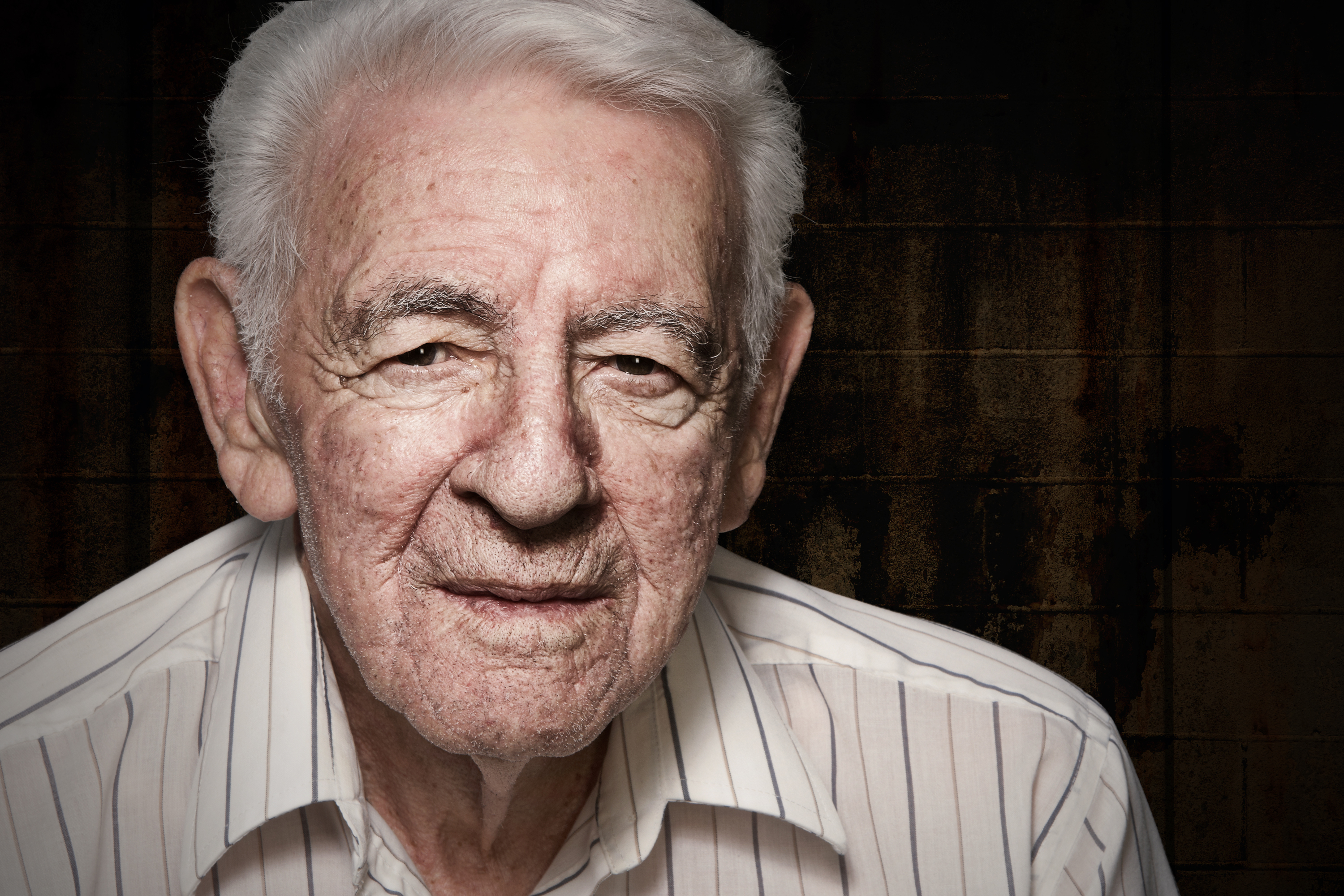Whole Health emphasizes mindful awareness and Veteran self-care along with conventional and integrative approaches to health and well-being. The Circle of Health highlights eight areas of self-care: Surroundings; Personal Development; Food and Drink; Recharge; Family, Friends, and Co-workers; Spirit and Soul; Power of the Mind; and Moving the Body. The narrative below provides an example of what a Whole Health clinical visit could look like and how to apply the latest research on complementary and integrative health (CIH) to conditions specific to men’s health.
A Whole Health approach to men’s health focuses on a variety of self-care approaches. Some studies have also showed success with certain complementary approaches, particularly supplements, when prostate cancer, erectile dysfunction, benign prostatic hypertrophy, testosterone deficiency, and other problems arise.
Meet the Veteran

Keith is an 88-year-old Veteran who is seeing you for a Whole Health assessment. He served in the U.S. Marine Corps and saw one tour of duty in Korea in 1952. His wife died unexpectedly five years ago from a stroke. He has a history of prostate cancer (Gleason score of 8, 4+4) and is status post-prostatectomy in 2010. Before that, he had benign prostatic hypertrophy (BPH) with severe lower urinary tract symptoms with an average International Prostate Symptom Score (IPSS) of 24, and had a prostate-specific antigen (PSA) level of 27 before his prostatectomy. He now suffers from urinary incontinence and erectile dysfunction (ED) with an International Index of Erectile Function (IIEF) score of 6, but he is not interested in treatment for ED.
Keith’s stated reason for coming in today is to improve his chances of living until 90, so that he can see his granddaughter, Jessica, get married. He is very close to her because she lived with him and his late wife after his daughter passed away from a drug overdose. Jessica is currently attending college locally.
Keith’s son, Jeremy, 52 years old, is struggling with depression and substance abuse. Jeremy is also a Veteran and receives care through the VA system. He served in the Marines. Jeremy is recently divorced and moved back in with his father. Keith is concerned that Jeremy’s depression is worsening as his alcohol use increases, and this is only worsening Keith’s despondency.
Keith’s other past medical history includes the following:
- He has coronary artery disease with a four-vessel bypass done in 2000.
- He suffered a gunshot wound to the left leg in Korea.
- He has recently had bilateral cataract surgery.
- His PSA was undetectable until last year when it was 0.05 ng/dL. Just last week it increased to 0.75 ng/dL, and he is aware that this means his prostate cancer is coming back.
- His current waist circumference is 41.25 inches.
- He has left knee pain with activity, especially walking. An x-ray of the left knee two years ago revealed moderately severe degenerative joint disease (DJD).
Keith was asked by one of his primary care team members to fill out a Personal Health Inventory (PHI).
Personal Health Inventory
On his Personal Health Inventory, Keith rates himself a 2 out of 5 for his overall physical well-being and a 3 for overall mental and emotional well-being. When asked what matters most to him and why he wants to be healthy, Keith responds:
“My family is the most important thing in my life. I feel very grateful for the support I have especially after my wife died a few years ago. My great-granddaughter is the apple of my eye. She visits several times a week and calls every day. I want to be around to see her get married and make sure she is well on her way.”
For the eight areas of self-care, Keith rates himself on where he is, and where he would like to be. He decides to first focus on the areas of Food and Drink and Power of the Mind by cooking more for himself and learning more about meditation.
For more information, refer to Keith’s PHI.
Introduction
This overview focuses on Whole Health approaches that often are of special concern to men who seek medical care: prostate cancer, ED, BPH, prostatitis, testosterone deficiency, and longevity. Highlighted are key study findings unique to these specific issues or conditions.
Important Statistics
Before discussing each of various men’s health concerns, it is important to consider the overall picture.
Cancer
Cancer is the second leading cause of death in the United States, exceeded only by cardiovascular disease. One in 4 deaths in the United States is from cancer. In 2016, there were 833,308 new cases of cancer in men in the United States; that same year, 314,568 U.S. men died from cancer. For every 100,000 men, 471 new cancer cases were reported with 186 cancer deaths.[1] The number of deaths from specific cancers are summarized in Table 1, below.
Table 1. Cancer Rates in Men, United States
| Type of Cancer | Incidence | Deaths |
|---|---|---|
| Prostate Cancer | 192,443 | 30,370 |
| Lung Cancer | 113,044 | 80,775 |
| Colon Cancer | 73,829 | 27,642 |



















